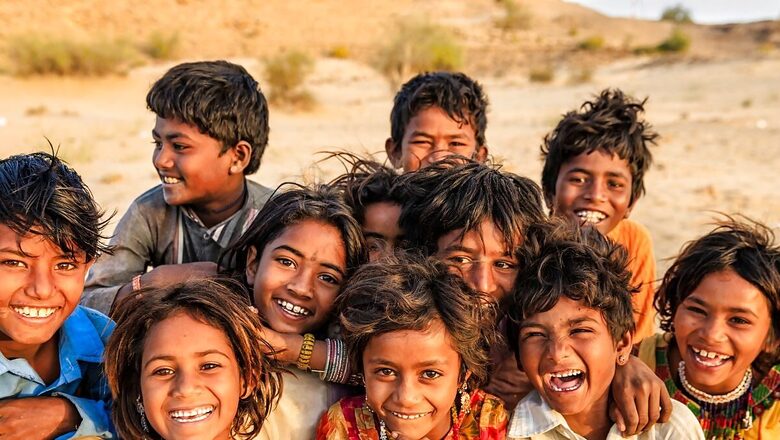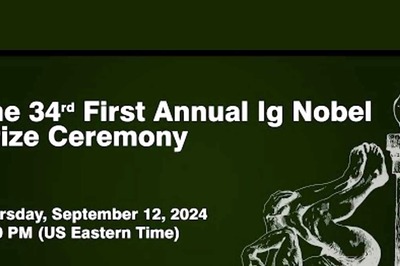
views
A major American think tank has said India’s abject poverty is as low as 2 per cent, days after the government’s own Niti Aayog cited the official consumption expenditure data for 2022-23 to argue that abject poverty has gone “below 5 per cent”, adding yet another feather to the Narendra Modi government’s cap ahead of the Lok Sabha elections.
An article by economists Surjit Bhalla and Karan Bhasin in Brookings also advocates a higher poverty line for India, given that the country has managed to almost eradicate extreme poverty.
“The Headcount Poverty Ratio (HCR) for the 2011 PPP$ 1.9 poverty line has declined from 12.2 per cent in 2011-12 to 2 per cent in 2022-23,” it reads. For those trying to decipher the complicated economic jargon, it refers to the poverty line that matches closely with that of the Tendulkar poverty line. It also states, “Rural poverty stood at 2.5 per cent while urban poverty was down to 1 per cent.”
So what makes the finding significant for India, both domestically and internationally? Co-author Bhasin told News18, “For India, the World Bank’s Poverty and Inequality Platform currently has 7 per cent as extreme poor but the new data pegs it at 2 per cent. That’s a decline of 5 per cent in extreme poverty from earlier estimates, which is substantial. This also means that global poverty estimates would be revised downwards by about 70 million. Therefore, 70 million less poor people in the world.”
The Suresh Tendulkar panel recommendations in 2011-12 set the poverty line at Rs 27 in rural areas and Rs 33 in urban areas. The line was revised later and the Rangarajan Report in 2014 set the poverty line at those spending over Rs 32 a day in rural areas and Rs 47 in towns.
The study does not take into account the free ration that the Modi government has been giving to a large section of the population. “Note that these estimates do not take into account the free food (wheat and rice) supplied by the government to approximately two-thirds of the population, nor utilisation of public health and education,” read the Brookings article.
Shamika Ravi, who is a member of the PM’s economic advisory council, took to X and analysed India’s extreme poverty at a more cautious “less than 3 per cent”. Presenting a poverty map of the world, she showed how India is virtually extreme poverty-free. “This is one of the most significant global developments of our lifetime,” she said.
Extreme Poverty is now eliminated in India. The World Poverty Clock updates: shows India’s extreme poverty at less than 3%. This is one of the most significant global developments of our lifetime. pic.twitter.com/AHte6aM6ZX— Shamika Ravi (@ShamikaRavi) March 2, 2024
But the Brookings article goes a step further to quote India’s poverty at 2 per cent.
Bhalla and Bhasin also argue for India to aim for the post-abject poverty phase. “This is an encouraging development with positive implications for global poverty headcount rates. This also means that time has come for India to graduate to a higher poverty line much like other countries,” they write.
As PM Modi aspires for a $5 trillion economy, the evaporating abject poverty projects India as slowly aiming for a more equitable society.
Just ahead of the 2024 Lok Sabha election, this surely will be a shot in the arm for him and the BJP that are working towards the tagline “Sabka Saath Sabka Vikas”.

















Comments
0 comment